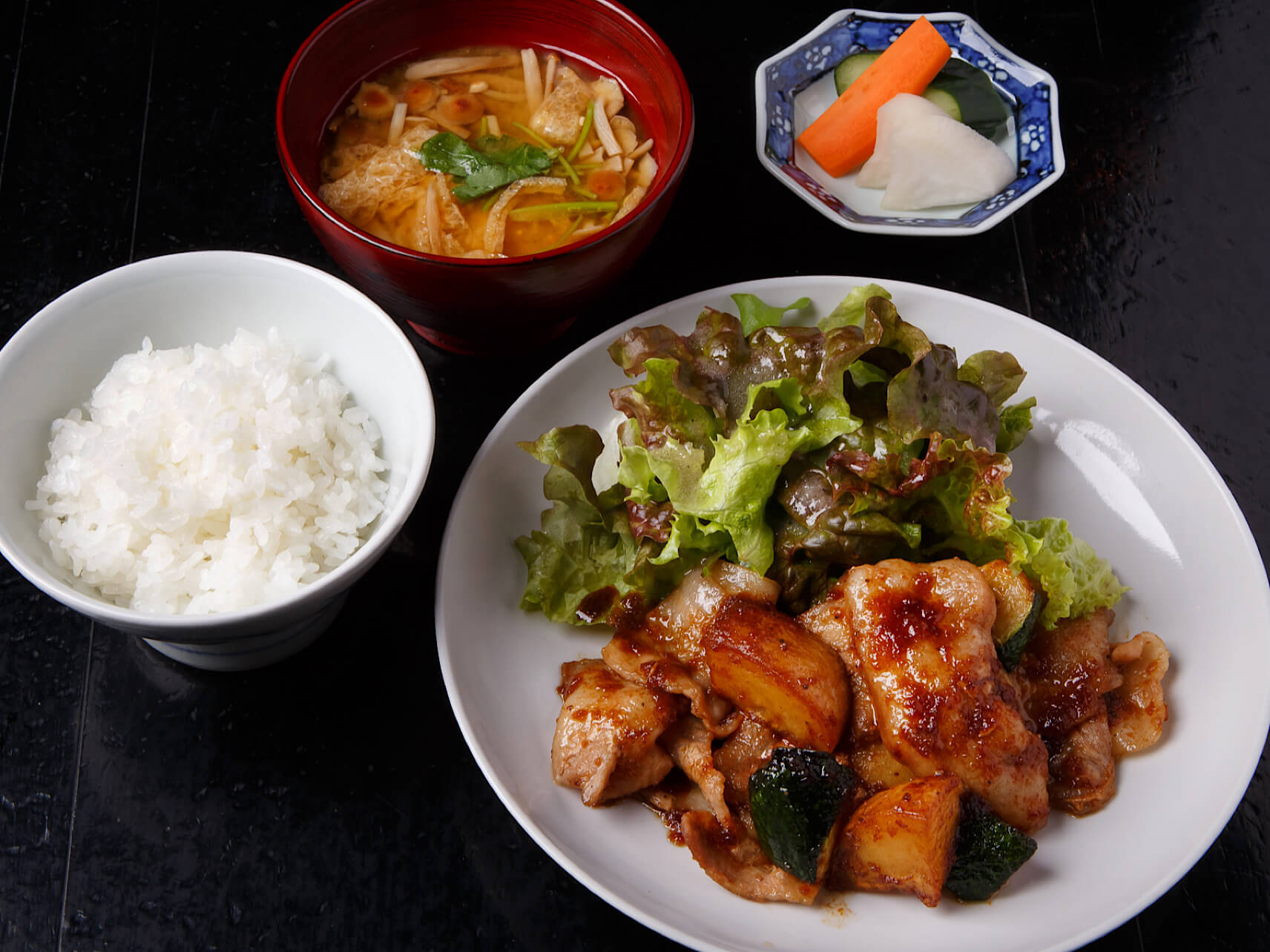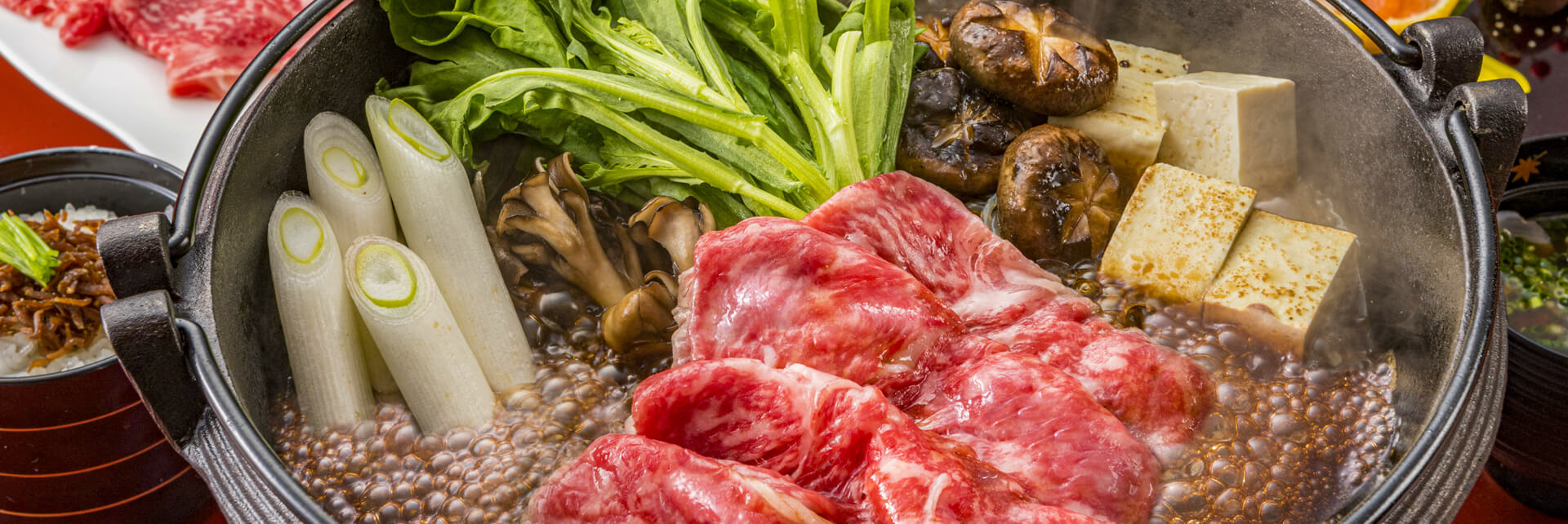For visitors to Japan, or any other country, one of the most enjoyable parts of their trip is undoubtedly the food! The unique cuisine of each region is more than just a delicious treat; it’s a clue to understanding the climate, culture, and history of the area.
When it comes to great food in the four areas of Classic Resorts Japan, soba is likely the most famous. This buckwheat noodle is often a local specialty in areas with cool climates and varied temperatures, as well as mountainous landscapes. Unlike soba, rice cultivation is difficult under these conditions, which has made buckwheat a staple crop here since ancient times. This prompted the creation of one of Japan’s three great sobas, called Togakushi soba, which was named after the area that developed it and has roots going back to the Edo Period (1603-1868). Before this, religious devotees would bring buckwheat dumplings on their spiritual journey to the sacred mountain of Togakushi, but eventually switched to soba kiri, a thinly stretched and sliced soba noodle, and the predecessor to Togakushi soba.
The local custom in these areas is to eat soba which has been boiled and rinsed in cold water and served alongside a separate bowl of ‘soba-tsuyu’ soup for dipping, but is also delicious served with tempura or eaten as ‘kakesoba’, a traditional dish where the noodles are in warm soup. When in Japan, make sure to try as many styles as you can, and remember, it wouldn’t be soba without slurping! Unlike etiquette overseas, slurping noodles in Japan is the norm, so feel free to enjoy the savour of soba to its fullest extent!
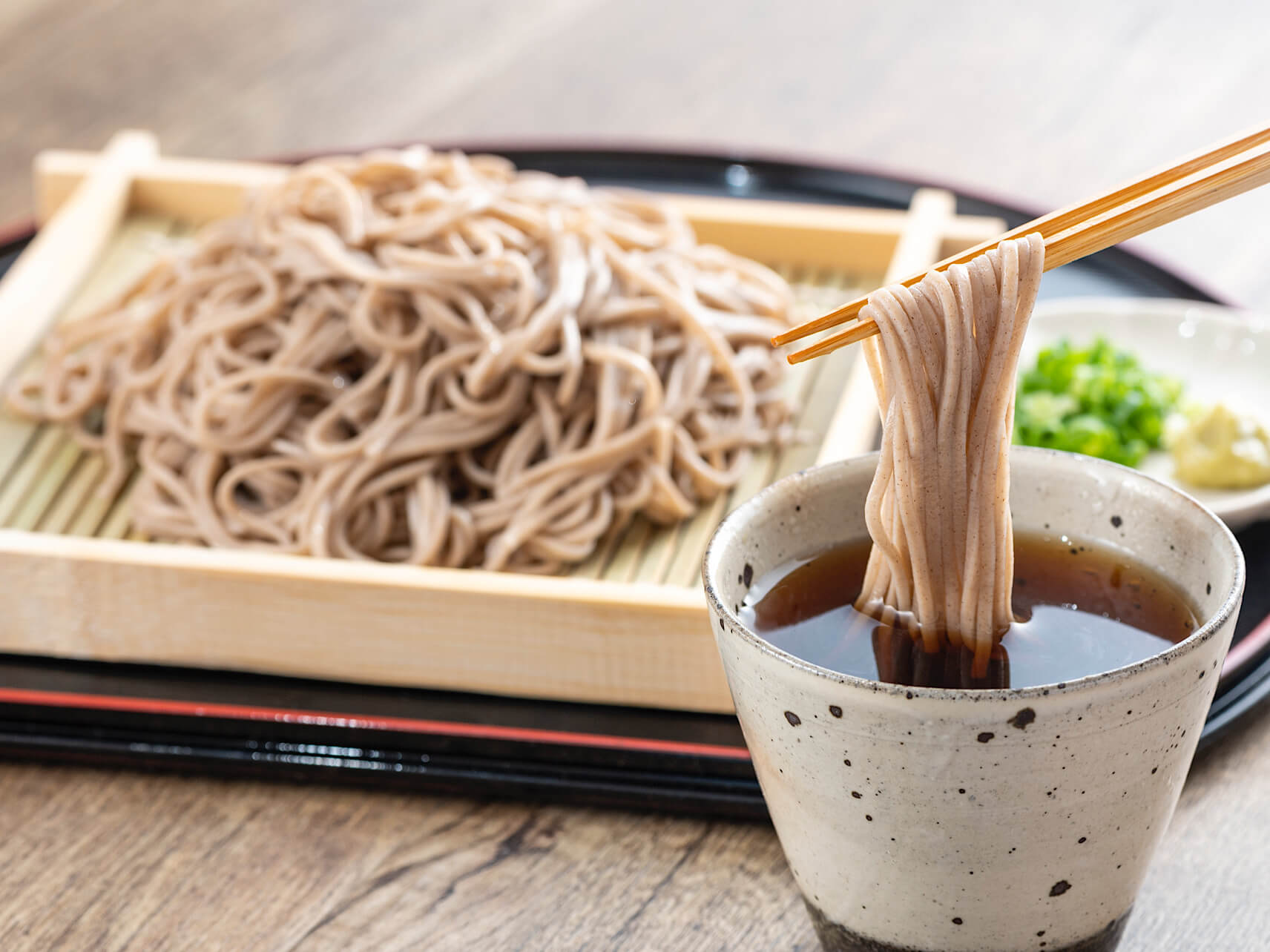
Since soba doesn’t contain gluten, it’s not sticky and is hard to form into noodles. Commonly, wheat flour is used as a binder and is known as ‘nihachi-soba’ when the ratio is 20/80 wheat to buckwheat. When no flour is used, the 100% buckwheat noodles are called ‘ju-wari-soba’, and are gaining popularity around the world as a tasty gluten-free meal. Some areas also replace wheat flour with grated yam, burdock leaf fibres, and seaweed for a binder. This makes for an interesting meal, where even the same style of soba can have many different aromas, textures, and flavours.
Eating freshly made soba prepared by skilled chefs is a truly special experience, but isn’t the only way to enjoy it while travelling Japan. Try your hand at making some yourself at any of the various locations around Nagano and Niigata Prefectures that guide you through the process of making homemade soba!
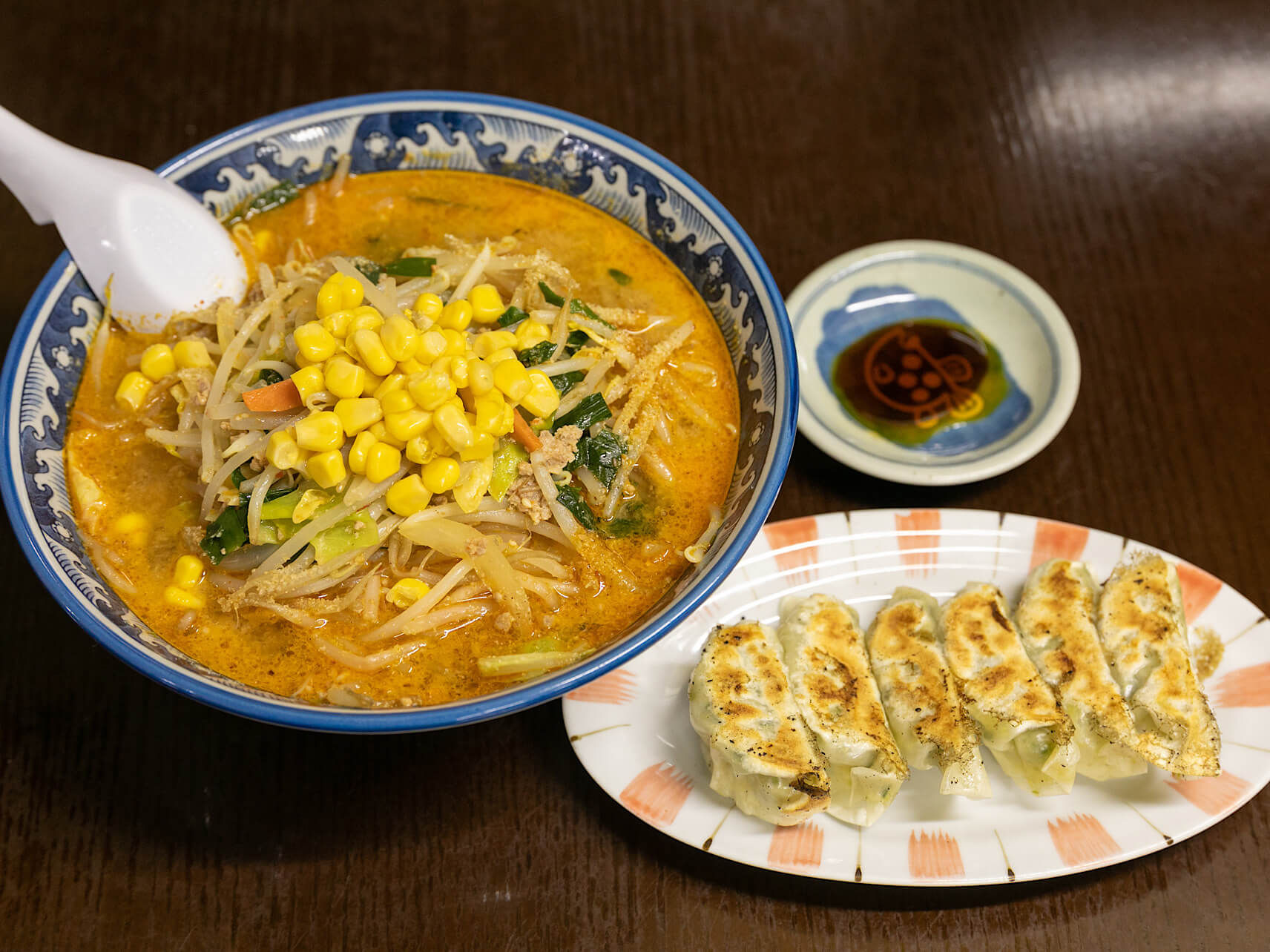
Up next is something that every Japanese person recognizes, and most likely many foreigners too, miso! It’s a soybean-based seasoning fermented in a similar style to cheeses and butter. Not only is this an indispensable element of miso soup, but it’s a versatile ingredient used in many meals. Miso can be used to season simmered or grilled dishes, to mix with ingredients as an ‘aemono’ dressing, or just as a dip for vegetables to enhance the flavours. Styles will vary depending on the area, especially in Nagano Prefecture, where their specialty is called Shinshu-miso and is often made with rice malt, soybeans, and salt. This miso features a rich aroma and refreshing umami flavours, and is characterised by its vibrant golden yellow colour.
What’s more is that Shinshu Miso accounts for around half of Japan’s total miso production. So, to no surprise, this area gets creative with their miso usage with options like miso ramen, miso cutlets, and even miso ice cream! Cream cheese infused with miso for added flavour and prolonged preservation is another popular choice, and is best enjoyed alongside local wine or sake.
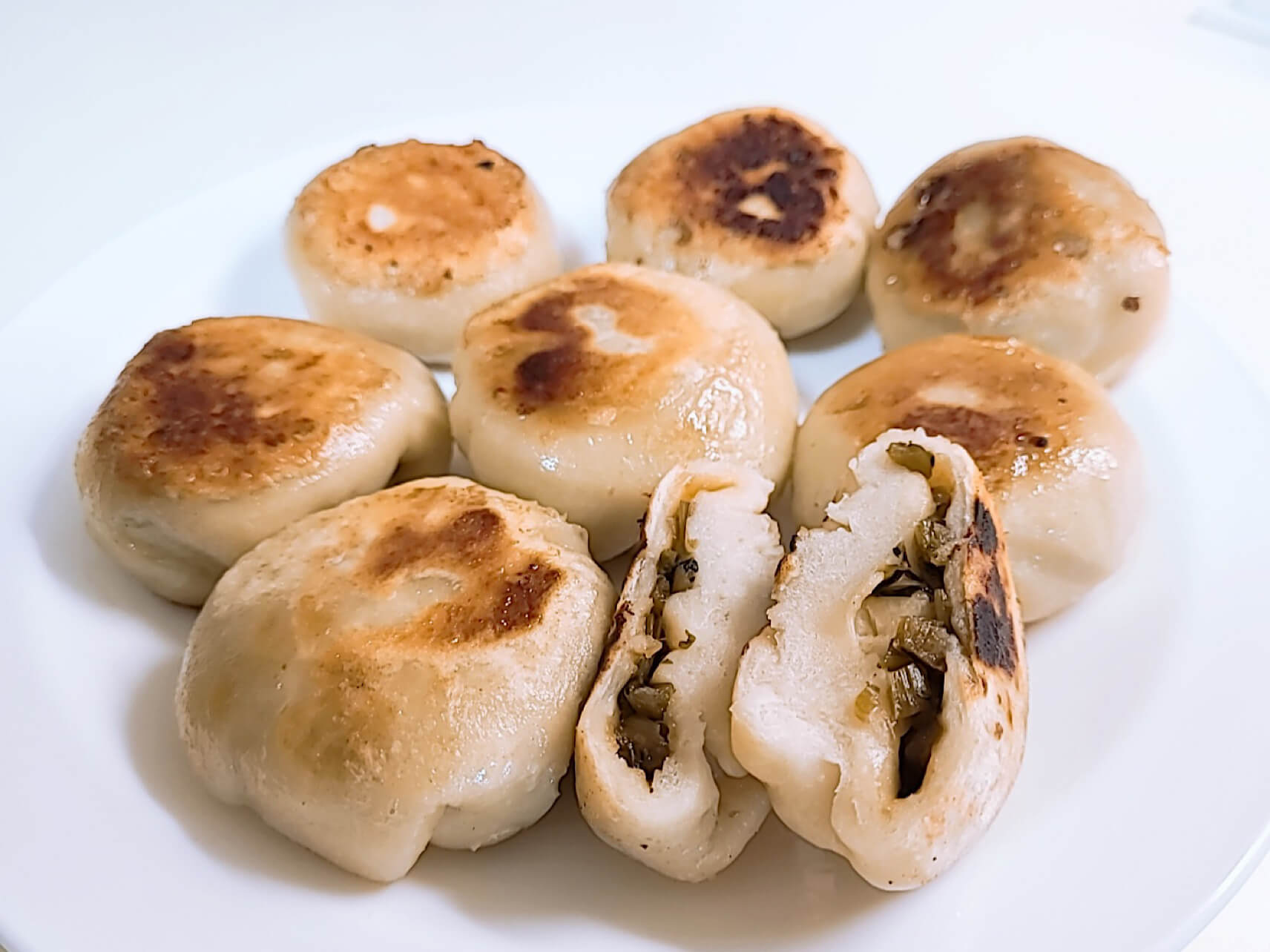
In Shinshu, oyaki is a local favourite among Japanese residents, and a delicious dumpling perfect for eating on the go or taking home as a snack. These tennis ball sized treats have a long history here as the largely mountainous regions of these prefectures were not suitable for growing rice. This led to buckwheat and other wheats becoming a large staple food, and gave way to the birth of oyaki. Try out each interesting flavour at different shops!
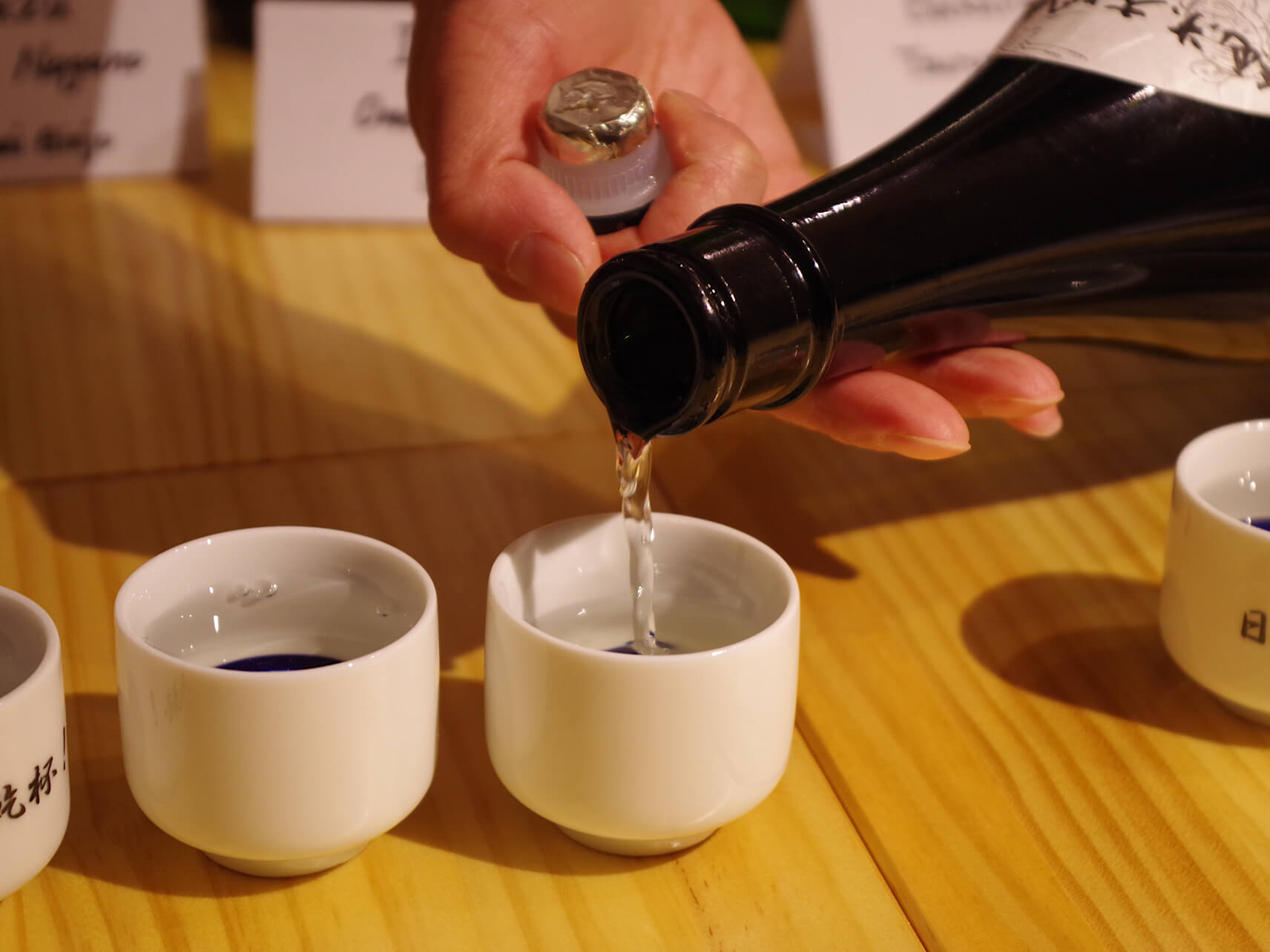
One of the most notable Japanese beverages, and one that is gaining popularity abroad, is sake. Niigata Prefecture is not only famous for the quality of its rice and crystal-clear snow melt water, but has the largest number of breweries in Japan with Nagano Prefecture coming in as a close second. Both prefectures masterfully create sake with light but rich flavours and gorgeous aromas.
While many of these breweries have histories dating back hundreds of years, that doesn’t stop them from taking on innovative challenges, such as sparkling sake, while preserving their traditional ways. Just like wine, sake comes in a variety of flavours, such as sweet and dry, so be sure to try an assortment of different kinds to find the one that you like best!

Areas like Myoko, located in Niigata Prefecture, are close to the Sea of Japan and, as a result, have excellent quality seafood. Despite being a mountainous area, the fresh taste of sushi, sashimi, and tempura are authentic and highly delicious. On the other hand, Nagano Prefecture lacks access to the ocean; although the seafood of Niigata Prefecture can be eaten here as well. To combat this, the Fisheries Experimental Station spent 10 years developing Shinshu salmon.
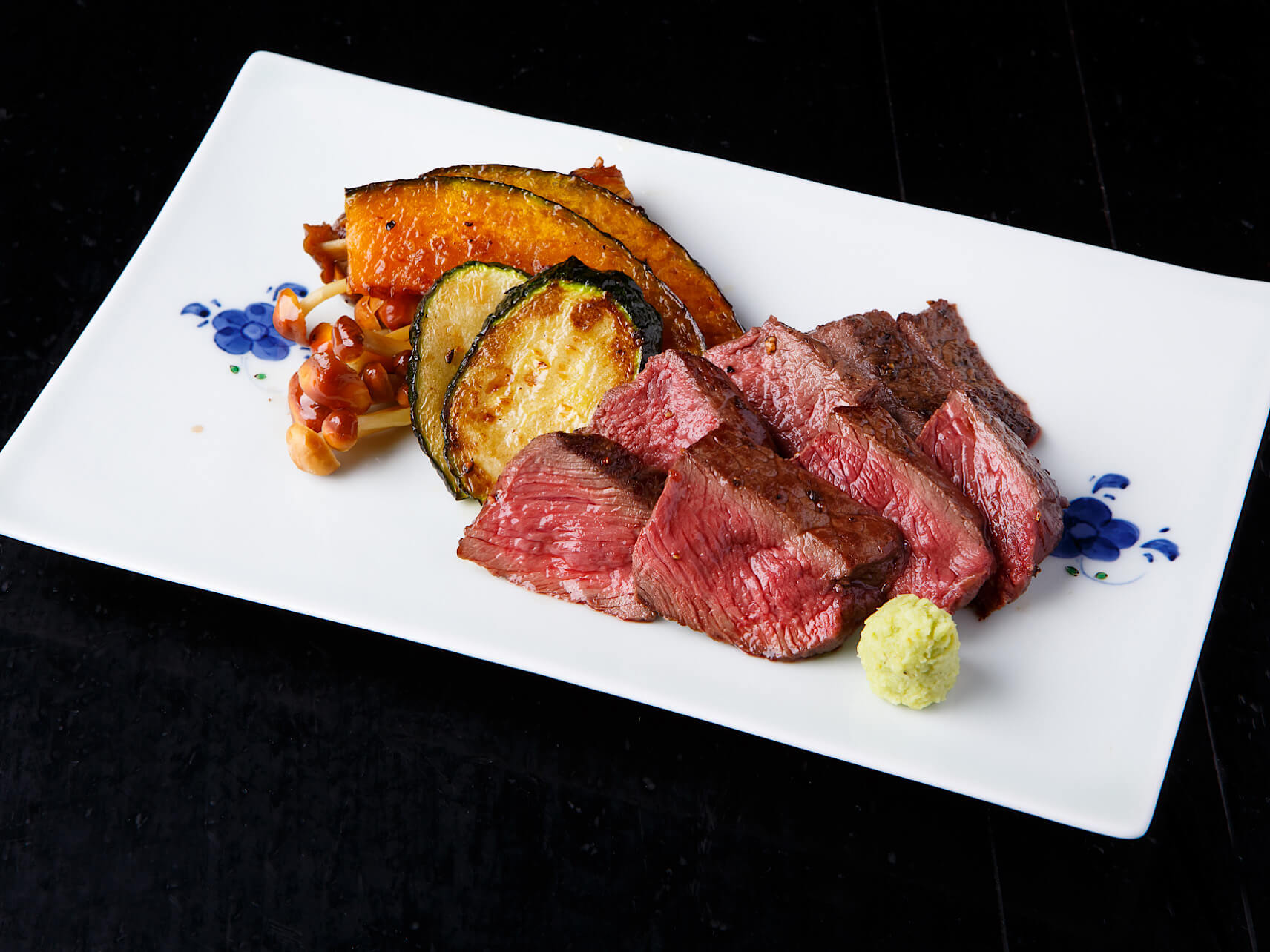
Great meat is also in abundance. In the Hakuba Area, they raise the famous ‘Hakuba pork’, an extremely flavoursome and high-quality SPF (Special Pathogen Free) pork. In addition, enjoy ‘Shinshu premium beef’ and ‘Niigata wagyu’, two types of high-quality beef that must meet strict standards set out by each prefecture to ensure a rich and juicy taste full of character.
While visiting Nagano and Niigata Prefectures, be sure to savour these great foods – and grab a cup of sake while you’re at it!
